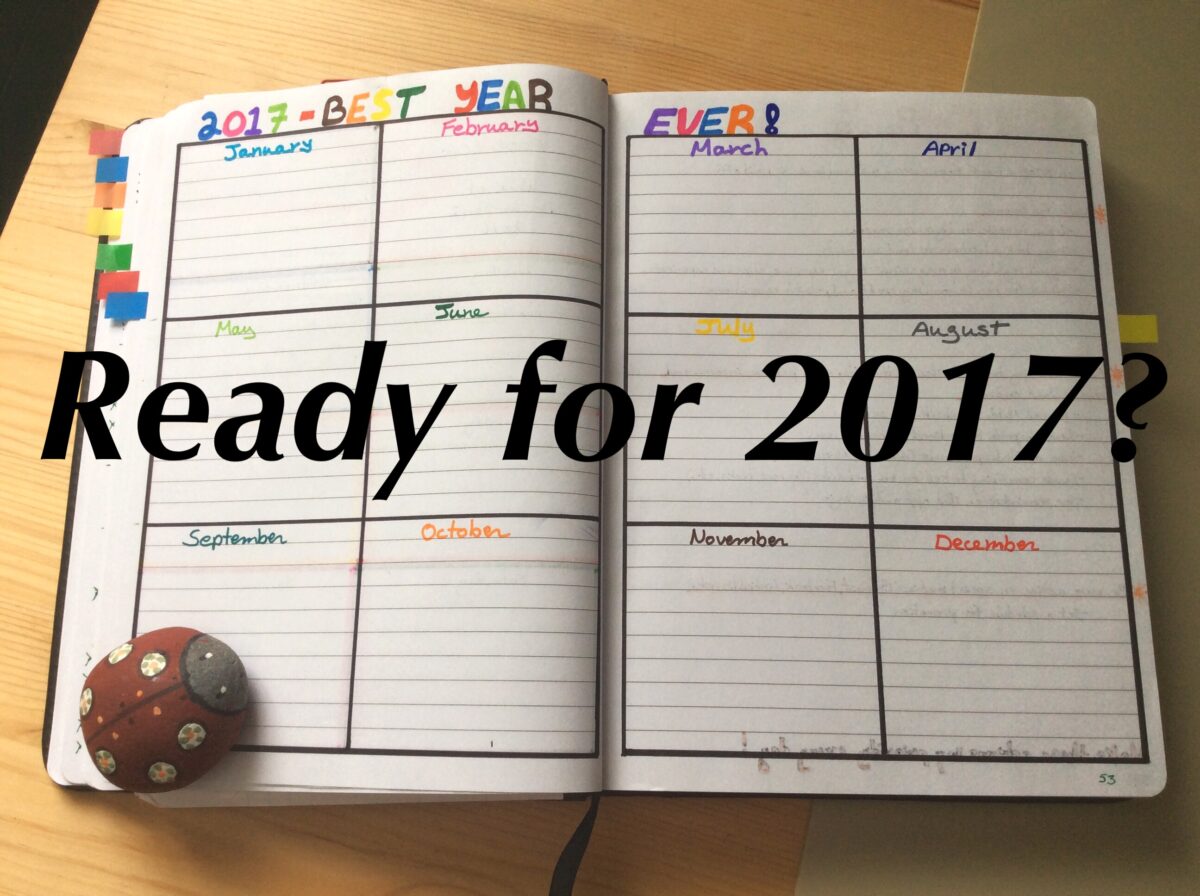It’s already summer and I’ve barely had time to enjoy my newly bloomed irises. But one thing I did find time for was tracking my progress. I’ve been really keen on it in fact. I keep trying different tools and improving on them so I can get the most information from each. This way, I’ll be able to make better decisions on how best to spend my time in order to reach my goals.
One of my most helpful inventions is a spreadsheet that breaks down my writing earnings and shows me where my sales are coming from each month.
Here’s my Earning Results spreadsheet (I’ll explain below how I use each column):

I obviously had to squish everything to make the snapshot of the spreadsheet fit inside this post. So you’ll need to adjust the width of the columns, especially for the publications (it will be much wider unless you use abbreviations).
Value of Work Sold: This is the total amount for all the types of writing I sold that month, including translating.
Total Money Received: This is the actual amount I received from prior sales. The difference between these two columns has been quite significant so far. Either I sell a lot and receive not a single penny one month, or I sell nothing at all and get a bundle of cash the next. Needless to say, I’m hoping these amounts will even out as the year progresses.
Value of Work Sold from Translations: I added this column because I like to see what my translation work brings in as compared to my writing. You can do the same for any work you wish to track separately or if you happen to have multiple streams of income. If not, simply delete this column.
Value of Work Sold from Writing: This is the total I earned from my writing, be it magazine pieces, newsletter articles, or blog posts. If you have money coming in from books or content marketing, you could add that as well. And if you wanted even more detailed information, you could follow this with separate columns for each category. I may do this myself at some point.
Number of Pieces of Writing Sold: How many pieces did I sell this month? Having this column right next to the previous one allows me to average how much I made per piece.
Average $ Per Piece Sold: See above.
Publications: List of the publishers who bought my work. Useful to see at a glance which publishers regularly buy my work.
Number of Pieces Sold to Children’s Publications: Since I write for both children and adults, it makes sense to know how successful I am in each category.
Number of Pieces Sold to Adult Publications: Same as above.
Value of Work Sold to Children’s Publications: Here I only count the money made from my children’s writing.
Value of Work Sold to Adult Publications: … and the money made only from my adult writing.
These last four columns are interesting because the number of pieces sold in one age group may not reflect the money earned. In fact, I discovered that I usually need to sell more children’s stories to equal the money I make writing for adults. This is not to say that I will ever stop writing for children, but if I suddenly find myself in need of more cash then it would make more sense to target adult publications until my money problems are taken care of.
So there you have it. Upgrading my systems can be a real pain at times. But in general, I find it exciting because it means I’m growing as a writer. If you find you’ve outgrown your own systems, don’t be afraid to tinker or come up with completely new ones. No matter where you are at the moment, if you want your business to grow, you’ll need to keep tracking your numbers. It’s a good idea to get into the habit now. Once you set up your spreadsheet, it only takes a few minutes to fill it out every time you sell something or receive money from your writing. Then once a month, look over your numbers to see how you did. Don’t like what you see? Then you’ll know exactly what you need to work on.
Happy tracking!




